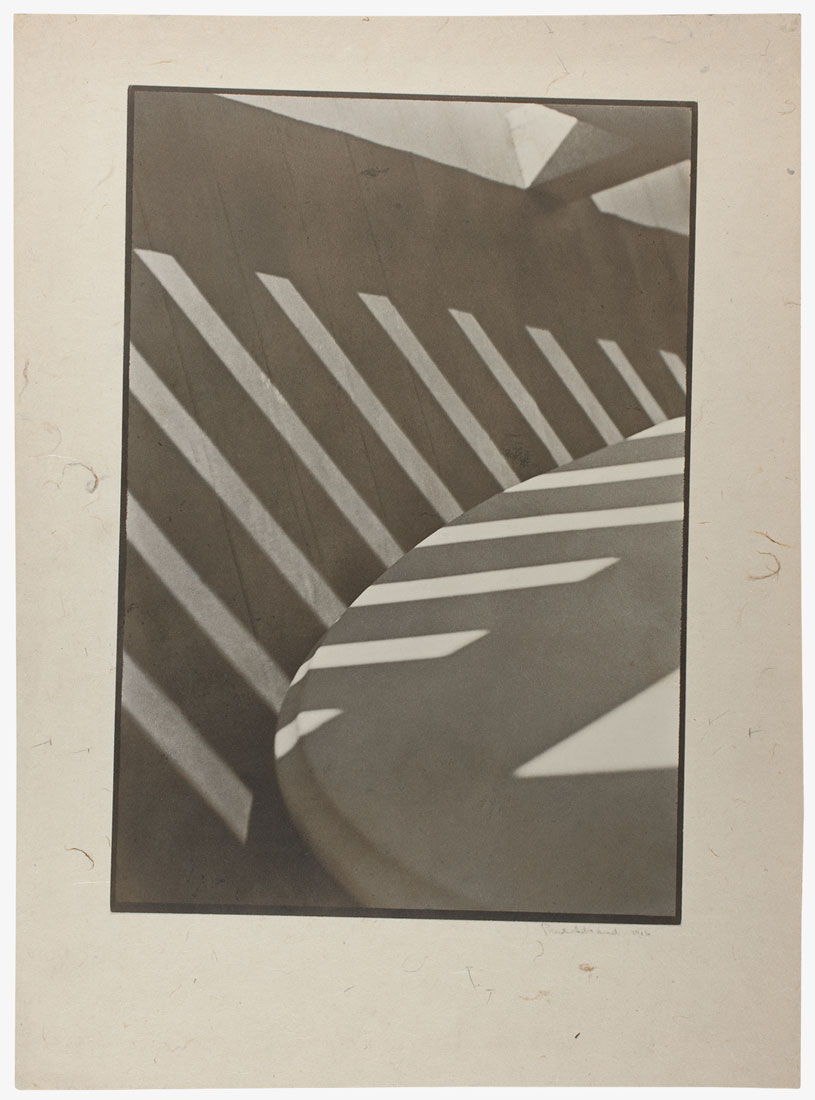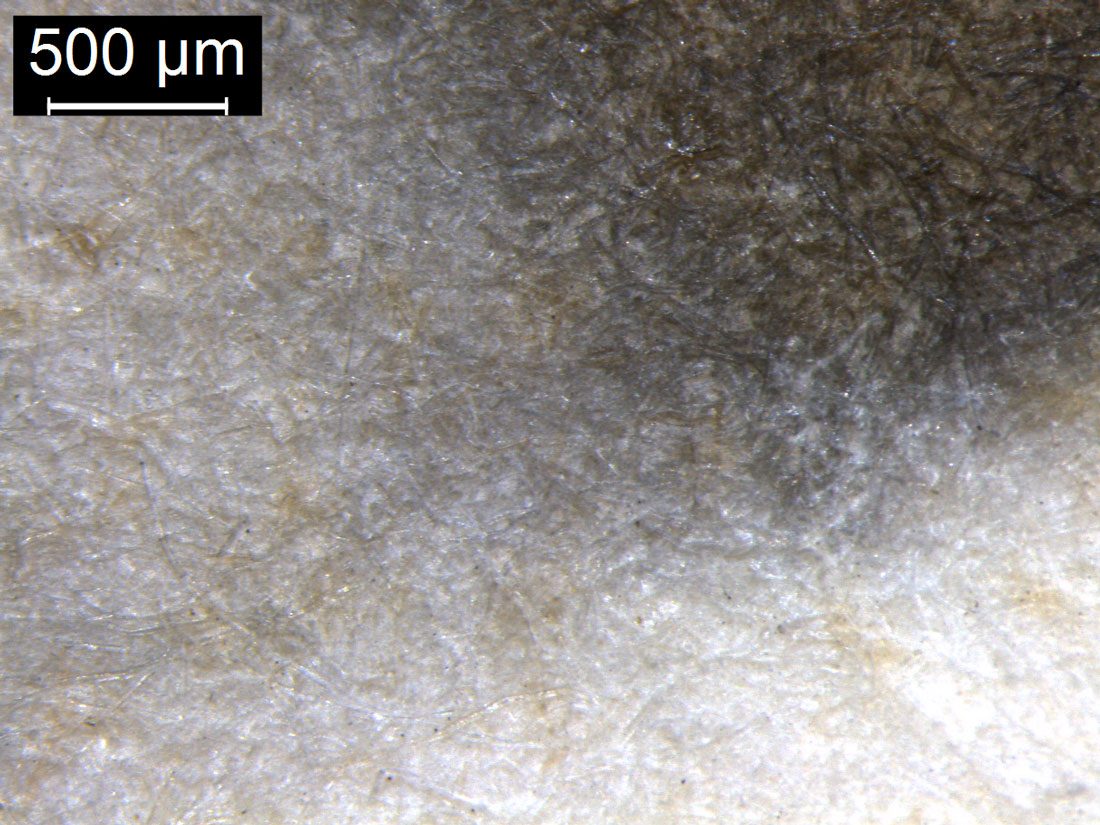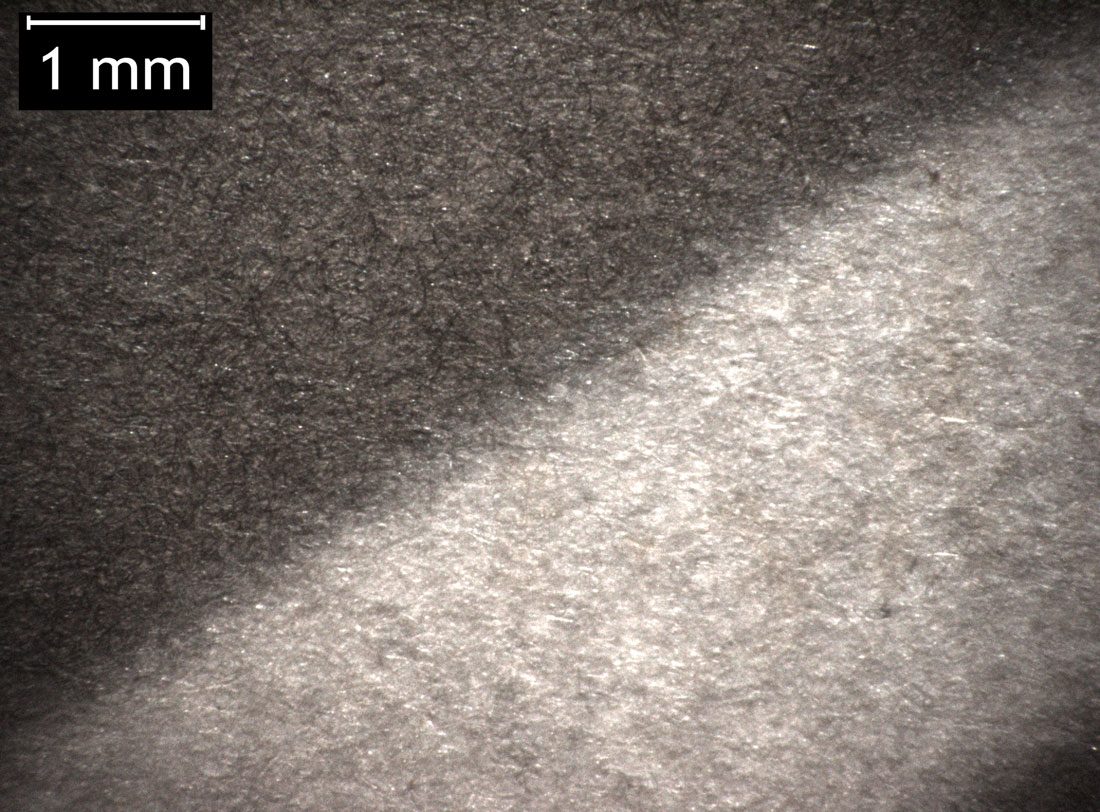Paul Strand (American, 1890–1976)
Porch Shadows, 1916
Alfred Stieglitz Collection, 1949.885
© Paul Strand Archive/Aperture Foundation
Paul Strand spent the summer of 1916 at his family’s cottage in Twin Lakes, Connecticut, attempting to give his understanding of Cubist painting—achieving abstraction through fragmentation, presenting multiple points of view, and reducing people and objects to basic geometry—a photographic form. A photogravure reproduction of Porch Shadows appeared in the final issue of Camera Work, clearly signaling the new straight aesthetic favored by Strand, Stieglitz, and other modernist photographers.
Additional resources related to this object are to the right. Comprehensive material analysis can be found in the Object Research PDF.
Related Glossary Pages
Artists
Paul Strand
Paul Strand became known for practicing what was referred to as straight photography, made “without read more
Processes
Silver Platinum Print (Satista)
In 1913, the Platinotype Company patented silver platinum “Satista” papers to offer an affordable alternative read more
Processes
Toning
Toning is a technique used to alter the overall color and contrast of a photographic read more
Journals
Camera Work
Stieglitz had edited two previous publications—The American Amateur Photographer and Camera Notes—before deciding in 1902 read more
Themes
Materials Research
As part of the research related to this site, forty-four photographs from the Art Institute’s read more
Themes
Straight Photography
The term “straight photography” was popularized by critic Sadakichi Hartmann, who often wrote for Camera read more
Object Research
Key Sources
In: Camera Work 49/50 (June 1917)
Exhibited: Philadelphia, 1944






